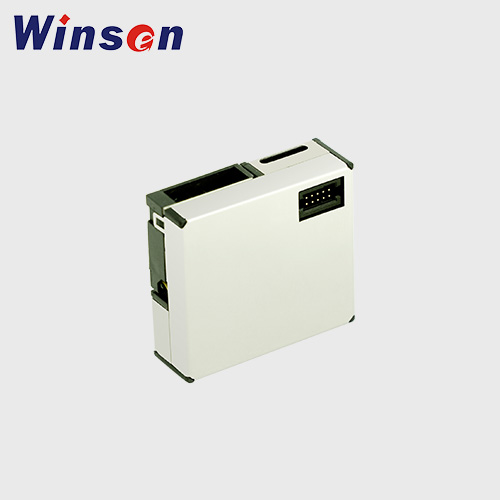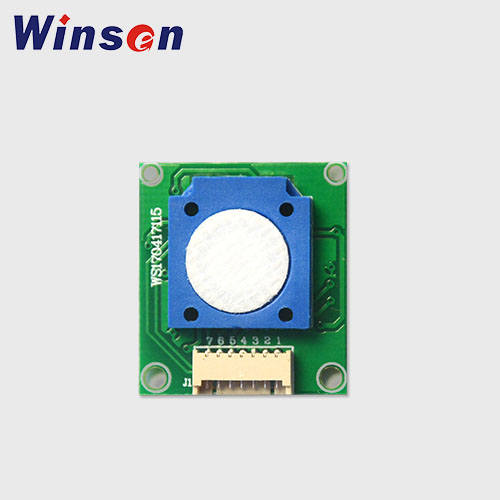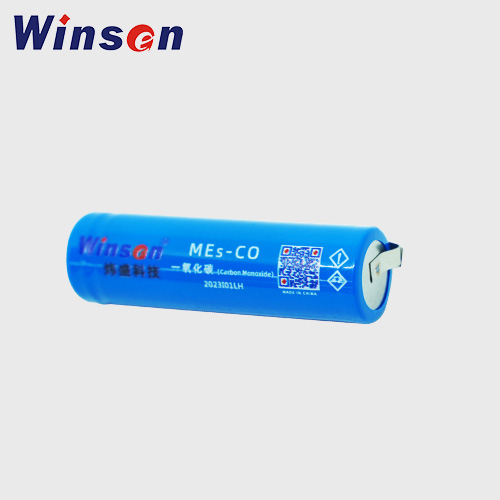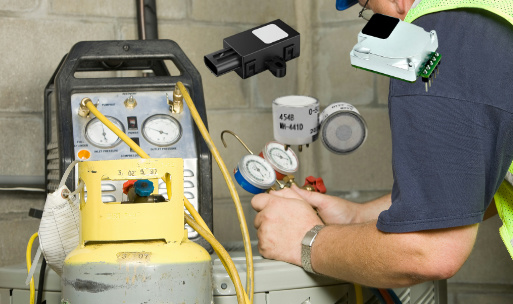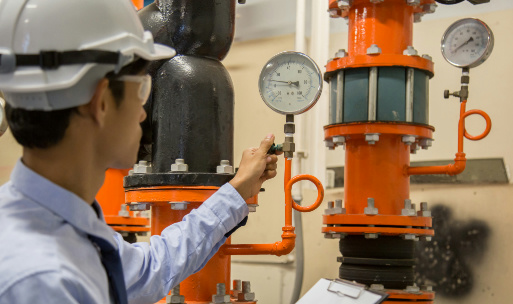Understanding the Air Quality Index (AQI): A Comprehensive Guide to Monitoring and Improving Air Quality
The Air Quality Index (AQI) is a crucial metric for assessing the quality of the air we breathe. In today’s world, where urbanization, industrialization, and various pollutants increasingly impact our environment, understanding AQI can help individuals make informed decisions about their health and activities. This guide covers what AQI is, how it works, the pollutants it measures, its health implications, and steps to improve air quality in daily life.
What is the Air Quality Index (AQI)?
The Air Quality Index, commonly referred to as AQI, is a standardized measure that indicates the level of air pollution in a particular location over a given time. AQI values range from 0 to 500, with higher numbers indicating worse air quality and more severe health risks. Developed by the United States Environmental Protection Agency (EPA), the AQI system is used globally to assess air quality and provide the public with actionable information on the potential risks associated with air pollution levels.
Why AQI Matters
Air pollution poses a significant threat to human health and the environment. Exposure to poor air quality can lead to respiratory and cardiovascular issues, especially for vulnerable populations such as children, the elderly, and those with existing health conditions. By regularly monitoring the AQI, individuals and communities can take preventive actions to protect their health during periods of high pollution.
How Does the AQI Work?
The AQI is calculated based on the concentration levels of key air pollutants, including:
- 1.Particulate Matter (PM2.5 and PM10)
- 2.Ozone x(O3)
- 3.Carbon Monoxide (CO)
- 4.Sulfur Dioxide (SO2)
- 5.Nitrogen Dioxide (NO2)
These pollutants are monitored at various sites, and their concentration levels are translated into AQI values. The AQI is typically presented as a color-coded scale, ranging from green (good) to maroon (hazardous), making it easy to interpret at a glance.
AQI Levels and Their Health Implications
Each AQI range represents a different level of health concern, especially for sensitive populations. Below is a breakdown of the AQI categories:
| AQI Value Range | Category | Health Implications |
| 0 - 50 | Good | Air quality is satisfactory, with little to no risk to health. |
| 51 - 100 | Moderate | Acceptable air quality, but people sensitive to pollution may experience minor health effects. |
| 101 - 150 | Unhealthy for Sensitive Groups | Sensitive groups (children, elderly, individuals with respiratory issues) may experience adverse health effects. |
| 151 - 200 | Unhealthy | Everyone may begin to feel health effects; sensitive groups may experience more serious impacts. |
| 201 - 300 | Very Unhealthy | Health alert: everyone may experience serious health effects. |
| 301 - 500 | Hazardous | Health warning of emergency conditions; the entire population is likely to be affected. |
Key Pollutants Monitored by AQI
To understand AQI better, it’s essential to know the primary pollutants it measures and how each impacts health:
1. Particulate Matter (PM2.5 and PM10)
PM2.5: Particles less than 2.5 micrometers in diameter are particularly harmful as they can penetrate deep into the lungs and enter the bloodstream, affecting the heart and lungs.
PM10: Larger particles that can still be inhaled, causing respiratory irritation and exacerbating conditions like asthma.
2. Ground-Level Ozone (O3)
While ozone in the stratosphere protects us from the sun's UV rays, ground-level ozone is harmful. It can cause respiratory issues and is particularly dangerous for people with asthma and other lung conditions.
3. Carbon Monoxide (CO)
CO prevents oxygen from entering cells, tissues, and organs. Prolonged exposure can be lethal, and lower levels can cause symptoms such as dizziness, confusion, and chest pain.
4. Sulfur Dioxide (SO2)
SO2 primarily irritates the respiratory system and can aggravate asthma, leading to breathing difficulties. It is a particular concern for individuals with lung diseases.
5. Nitrogen Dioxide (NO2)
NO2 can irritate the airways and aggravate respiratory conditions. Long-term exposure may decrease lung function and increase susceptibility to respiratory infections.
AQI Sensor Recommend
Particulate Matter Sensor

ZH09 Laser dust sensor
- PM1.0,PM2.5,PM10
- 0-100 μg/m³:±15μg/m³ 101-1000 μg /m³: ± 15% Reading (Test Condition: 25 ± 2 ℃, 50 ± 10%RH, Grimm, Cigarette, GBT18801-2015
- Read More
O3 Sensor
Carbon Monoxide Sensor
Sulfur Dioxide Sensor

Electrochemical Detection Module ZE12A
- CO, SO2, NO2, O3
- CO (0-10ppm), SO2 (0-1ppm), NO2 (0-1ppm), O3 (0-1ppm)
- Read More

EC Hazardous Toxic Gas Detection Sensor Module ZE03
- CO,O2,NH3,H2S,NO2,O3,SO2, CL2,HF,H2,PH3,HCL, etc.
- See manual
- Read More
Nitrogen Dioxide Sensor

Electrochemical Detection Module ZE12A
- CO, SO2, NO2, O3
- CO (0-10ppm), SO2 (0-1ppm), NO2 (0-1ppm), O3 (0-1ppm)
- Read More

EC Hazardous Toxic Gas Detection Sensor Module ZE03
- CO,O2,NH3,H2S,NO2,O3,SO2, CL2,HF,H2,PH3,HCL, etc.
- See manual
- Read More

Electrochemical Detection Module ZE03G
- CO, H2S, NH3, CL2, SO2, NO2, O2 and other gases
- See manual
- Read More
Multi-in-one Module

Atmospheric Monitoring Sensor Module ZEHS04
- CO, SO2, NO2, O3 (Scalable PM2.5, PM10, Temperature, Humidity)
- See manual
- Read More
Why Use the AQI?
The AQI serves as a critical public health tool for multiple reasons:
- Awareness: It helps people understand air quality levels in their area, providing guidance on outdoor activities.
- Prevention: By knowing the AQI, people can take preventive measures, like staying indoors, wearing masks, or using air purifiers during high pollution days.
- Policy and Regulation: Governments use AQI data to formulate environmental regulations and enforce emissions standards.
Steps to Improve Indoor and Outdoor Air Quality
While AQI primarily tracks outdoor air pollution, taking steps to improve both indoor and outdoor air quality can help reduce overall exposure:
Improving Indoor Air Quality
- 1.Use Air Purifiers: High-quality air purifiers with HEPA filters can significantly reduce indoor pollutants.
- 2.Ventilation: Ensure proper ventilation, especially in areas with higher pollution sources like kitchens and garages.
- 3.Limit VOCs: Avoid using products that emit volatile organic compounds, such as certain paints, cleaning agents, and aerosols.
- 4.Indoor Plants: Certain plants can help absorb pollutants and improve air quality, but they should not be relied on solely for air purification.
Reducing Outdoor Pollution
- 1.Drive Less: Carpool, bike, or use public transportation to reduce vehicle emissions.
- 2.Limit Energy Use: Conserve energy at home, which indirectly reduces emissions from power plants.
- 3.Support Clean Energy: Advocate for and support policies promoting renewable energy sources like solar and wind.
- 4.Raise Awareness: Share AQI information with your community to promote collective action in improving air quality.
The Role of Technology in AQI Monitoring
Advancements in technology have made AQI monitoring more accessible and accurate. Today, portable air quality monitors, smartphone apps, and smart home devices allow individuals to monitor real-time AQI both indoors and outdoors.
- Portable AQI Monitors: These devices can detect pollutants like PM2.5 and CO, offering valuable insights into air quality within homes, workplaces, and schools.
- Mobile Apps: Apps like AirVisual and Breezometer use real-time AQI data from local monitoring stations, enabling users to track air quality and receive alerts.
- Smart Home Integration: Smart home devices can integrate air quality data with HVAC systems, enabling automated responses to poor air quality.
Conclusion
The Air Quality Index (AQI) is an indispensable tool for anyone interested in understanding and improving air quality. It empowers individuals and communities with the knowledge needed to make safe choices, especially on days when pollution levels are high. By being aware of the AQI, we can reduce our exposure to harmful pollutants and take proactive measures to protect our health and the environment.
Whether you're monitoring air quality in an urban environment, living near industrial areas, or simply seeking to improve indoor air, understanding AQI is the first step toward a healthier future.
